The modern form of poker is a hybrid of the many games throughout history involving cards, gambling, and deception. Some historians’ link poker to the Persian game played throughout the 16th century known as “As Nas.” This game utilized a 25 deck of cards and players gambled on the results of the play. The cards used had five different suits the players matched to create hands similar to those played in poker, such as “three-of-a-kind”. The Spanish game of “Primero” is also credited with the development of poker. Like As Nas, Primero was also played in the 16th century. Primero was similar to poker in that players were dealt cards and used deception to give the appearance of a winning hand, regardless of what cards they actually held. Primero is said to have influenced the French game of “Poque,” another card game commonly mentioned when researching the evolution of poker. This is yet another card game that utilized bluffing as a technique towards winning bets.
European settlers brought their various card playing traditions to the region of New Orleans throughout the 18th and early 19th centuries. On Mississippi riverboats, men played card games involving betting on winning hands and using deception to give the impression of having the best hand. Poker continued to evolve into its modern-day form throughout the history of America. As the gold rush drew men across the frontier, players who had learned the game on the Mississippi riverboats brought their cards to the western coast of the continent. In every saloon, one could find men dealing out cards of different suits and betting on their hands. Soon card-decks uniformly contained 52 cards of four different suits. Hands such as the “flush” were enveloped into the rules, and “wild-cards” or jokers were included in decks.
Poker became linked to the military, as soldiers often played card-games when not in battle. Throughout the Civil War, the traditions of poker were spread across the country. As the United States engaged in World Wards, poker was played on various battlefields across Europe and Asia, becoming a part of the culture of these countries as well. Poker continues to evolve. Through the device of having cameras planted into poker tables so that television producers could broadcast the hands of various players, poker became a spectator-sport. Large scale tournaments and celebrity games could be broadcast on television and within casinos, spreading the joy of the game beyond those with cards in their hands. The continuing development of online-poker has further developed the game. Now players can enjoy the game virtually, and their “tells” expressed on their faces can remain hidden from their opponents. Without the physical presence of players around a table, virtual poker has transformed the bluffing aspect of the game. As technology continues to advance, and American history continues to unfold, so will the changes to the game of poker continue to develop.
By stickystebee
www.betfred.com/poker

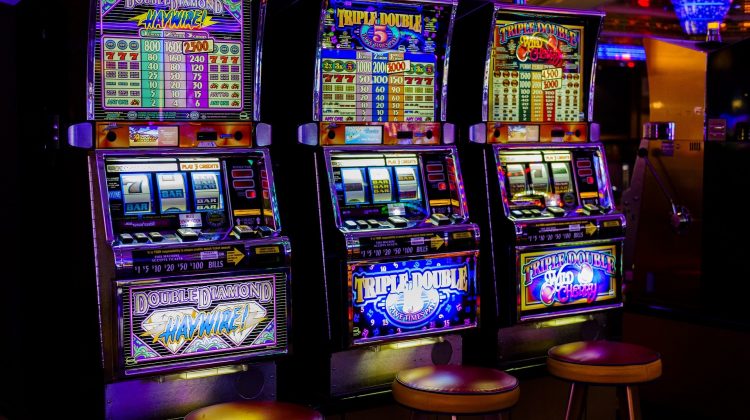
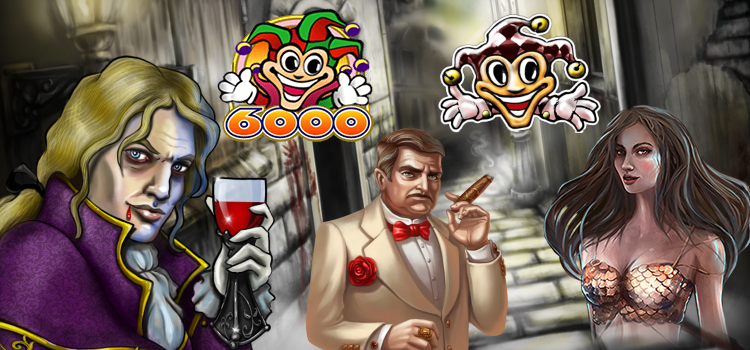
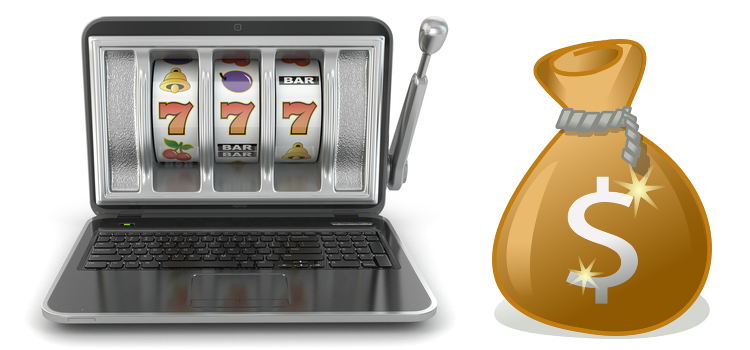




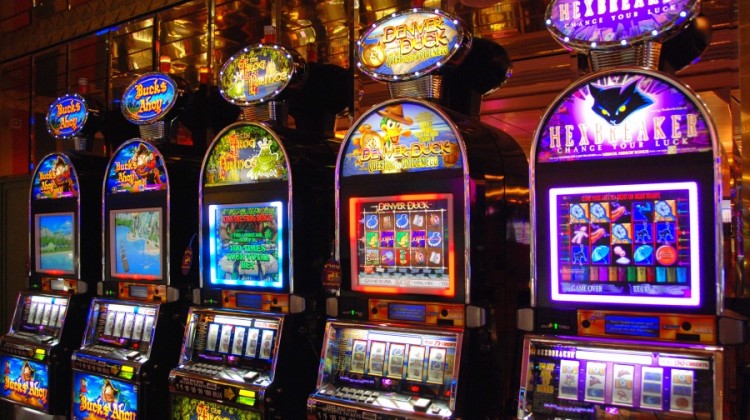
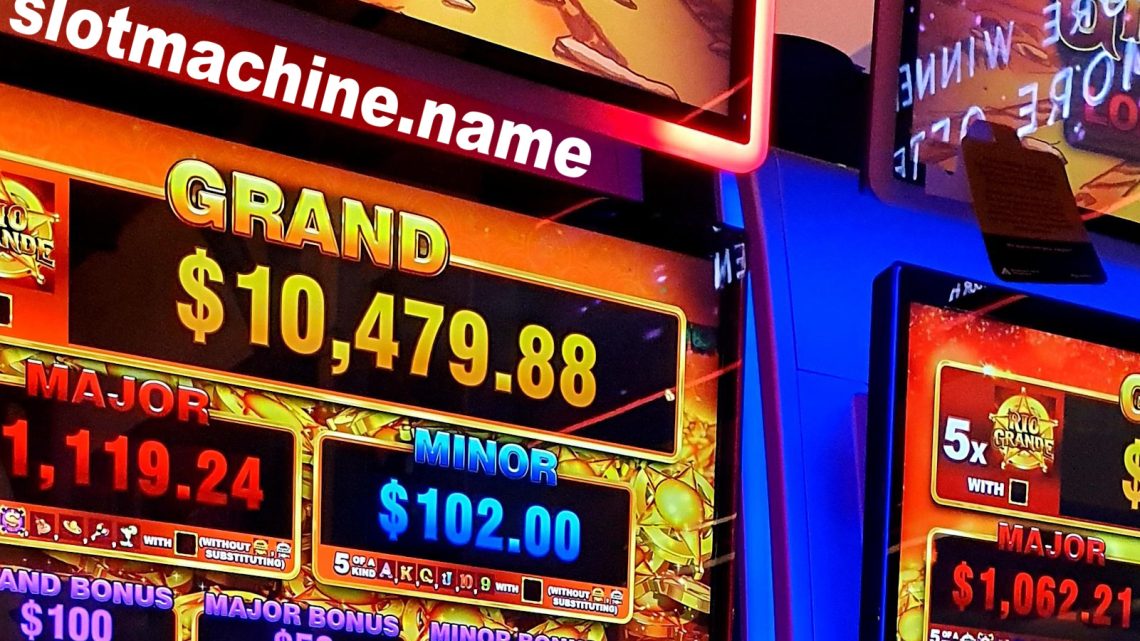

No Comment